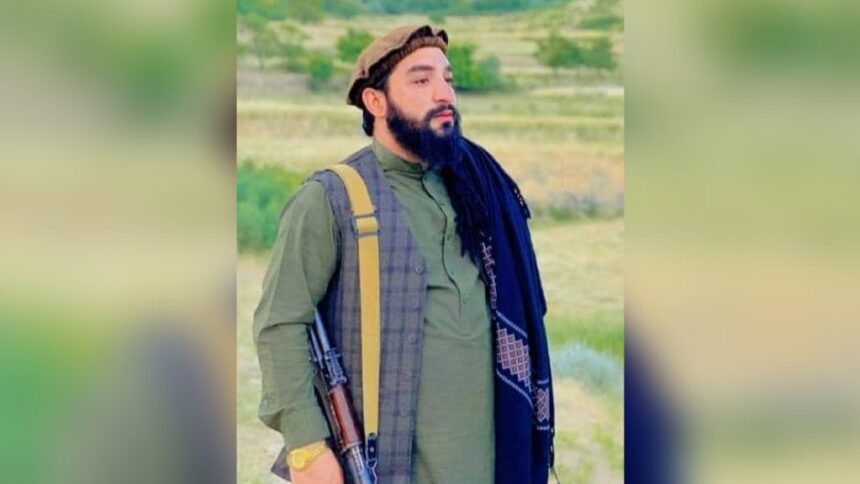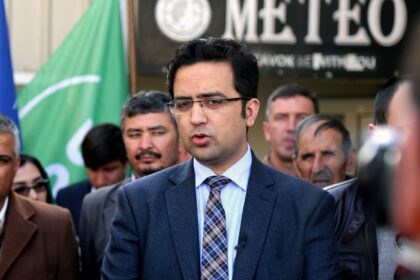RASC News Agency: Deepening ethnic rifts within the Taliban have once again erupted into violence, as local sources report that Qari Hamidullah Nijrabi, Director of Analysis and Evaluation at the Taliban’s General Directorate of Intelligence, was severely beaten by members of the Taliban’s Special Forces Unit (Lewa-ye Khaas) in the Tawakh village of Onaba district, Panjshir province. The incident occurred earlier this week when Qari Hamidullah an ethnic Tajik and senior intelligence officer entered the area accompanied by several armed associates, allegedly to partake in a mulberry harvest. According to eyewitness accounts, Hamidullah was carrying weapons and did not coordinate his presence with the Taliban’s Special Forces already stationed in the village.
This move triggered a swift and violent response from the local Special Forces unit, dominated by ethnic Pashtuns, who are known to restrict access to the region for fellow Taliban members especially non-Pashtuns. Perceived as a security threat, Hamidullah was reportedly detained, assaulted, and transferred to the unit’s base for further interrogation. This episode has further spotlighted the simmering ethnic discord within Taliban ranks, particularly in provinces with significant Tajik populations such as Panjshir, Takhar, and Badakhshan. While the Taliban seeks to project a unified command, internal clashes often driven by ethnic favoritism, mistrust, and rivalry over local control continue to expose the group’s fragile internal structure.
The Special Forces in question operate under the command of Mawlawi Musafir, a controversial Taliban figure with a notorious record in Panjshir. Reports have surfaced over the past year accusing his forces of harassment, abuse, and exclusion not only against local civilians but even against fellow Taliban fighters of non-Pashtun backgrounds. “Panjshir has effectively become a military zone ruled by Taliban factions who treat each other with as much suspicion as they do the local population,” said a local elder, speaking on condition of anonymity. “These incidents show that the Taliban is neither cohesive nor unified.” Just days prior to this incident, other reports from Panjshir indicated that fighters under Mawlawi Musafir were involved in physical altercations with the Taliban’s Ministry for the Promotion of Virtue and Prevention of Vice prompting the dispatch of an investigation team from Kabul.
This is not the first time that Taliban infighting has erupted along ethnic lines. Similar confrontations have been reported in Badakhshan, where escalating tensions forced the Taliban leadership in Kabul to send senior intelligence and military officials to mediate between factions. Observers argue that the Taliban’s attempt to consolidate power across Afghanistan’s ethnically diverse regions is undermined by its Pashtun-dominated hierarchy, which continues to marginalize non-Pashtun members, even within its own ranks. This exclusionary approach is fueling resentment and weakening the group’s internal coherence. “These violent episodes are symptoms of deeper fractures within the regime. The Taliban is not a monolith it is a fragile coalition of warlords, ethnic blocs, and ideological hardliners with competing interests,” said a regional analyst based in Dushanbe.
As the Taliban faces mounting international criticism for its authoritarian rule, its failure to manage internal factionalism and ethnic divisions underscores a larger crisis of governance one that threatens to unravel the regime from within.






